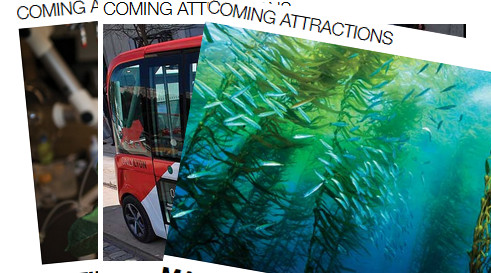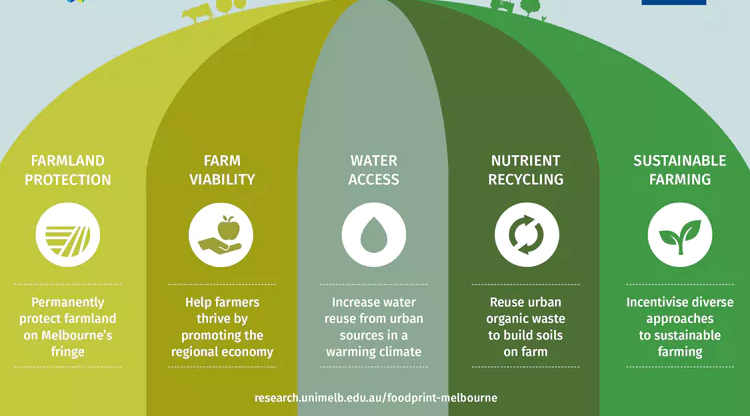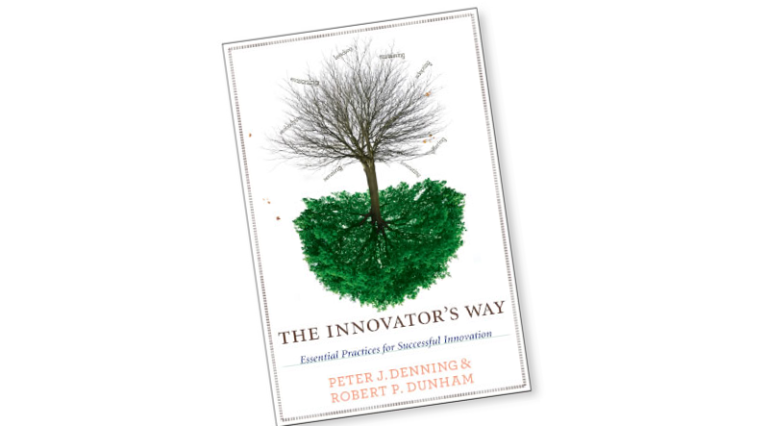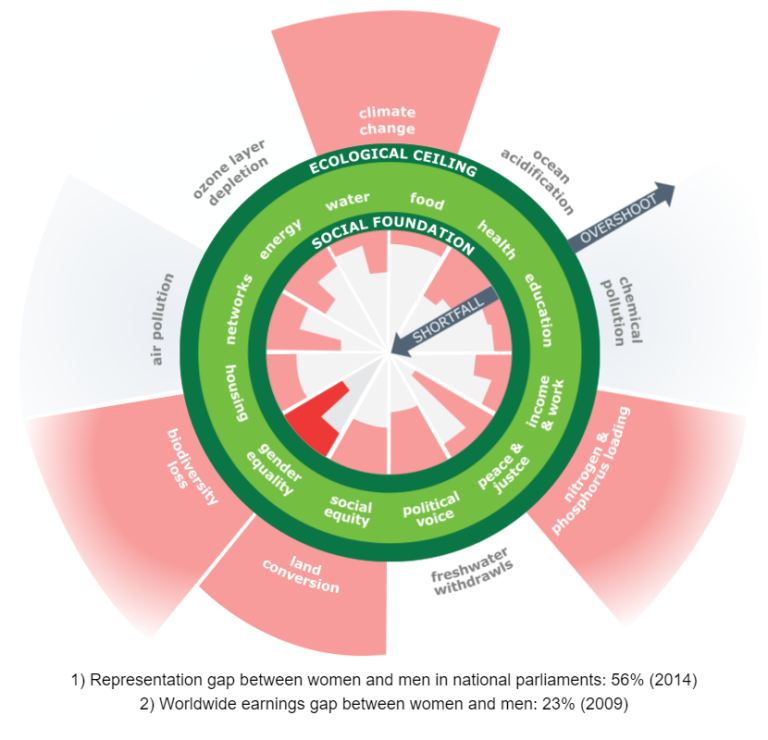Who says the environment is a business cost?
I’m always a bit sceptical when someone says – “sustainability is a cost”.
Smart business operators look at the Return on Investment of a project over time – not just its establishment “cost”.
“Cost” is ALWAYS an incomplete measurement if it doesn’t reference time.
Most good sustainability projects today involve innovation – and innovation isn’t a business cost. Innovation delivery is an essential survival capability in today’s commercial world.
Yet again and again, a common response to “environmental” projects is “It’s too expensive!” (Which might have been the case in the 1980s – but is not true of well-designed projects in the third decade of the 21st century.)
There’s a growing body of evidence quantifying the financial benefits of regenerative business. I seem to be posting my favourite links regularly, so it seemed time to put them into a post.
What’s the counter-evidence?
It’s 2025, not 1995. We can drive rovers around on Mars. We can video call friends on the other side of the planet. We all have the technology and the design tools we need commercially available to do regenerative business.
The innovators and entrepreneurs of the world have been developing cleaner, smarter, safer, more efficient solutions for more than 5 decades.
Today there are an increasing number of studies and stories that can be useful to question cost-based assumptions.
Here are some of my favourites:
Interface Flooring
In 1995, international carpet corporation Interface started their journey to “climb Mount Sustainability”.
In 2008, the CEO who started them on Mission Zero reported that in the first 14 years of their adventure, they put $393,000,000 on their bottom line in the process.
Project Drawdown
The original 2017 Drawdown commercial climate solutions catalogue estimated savings of $74 trillion globally by 2030.
The most recent Drawdown review (published in 2022) projected savings of $98 – $140 trillion by 2030 – depending on how the 93 readily available, currently scalable solutions are accelerated.
In 2020, Project Drawdown CEO Dr Jonathan Foley said in the Drawdown 101 video:
“…we’re going to save a lot of money, we’ll make new revenues. And in fact, this is probably the biggest business opportunity in human history.”
Drawdown 101, October 2020
Circular Economy
Full spectrum Circular Economy has been a growing trend since (at least) McDonough and Braungart published CRADLE TO CRADLE in 2002. While (sadly) it’s commonly mis-interpreted as “a trendy new name for boring old recycling”, its underpinning principles are powerful drivers of innovation and savings.
Estimates on Circular Economy savings:
The global Circular Economy market size is anticipated to exceed US$1,898 billion by 2033, growing at a CAGR of 13.10% from US$554 billion in 2023.
Estimated revenue generated from circular economy transactions in 2022 and 2026 worldwideSpherical Insights, 2024
In the US: up to $1.5 trillion according to an analysis by OliverWyman.
In Australia: up to $2 trillion, according to a Commonwealth Bank report.
Biomimicry savings
Back in 2013, the economic benefits of biomimicry were estimated at $1.6 trillion by 2030
In 2021, a study by Boston Consulting Group estimated that
“…nature co-design will affect more than $30 trillion of economic activity over the next 30 years, the equivalent of 40% of current global GDP.”
Looking to Nature for the Next Industrial Revolution
Is sustainability really “too EMOTIONALLY expensive”?
“It’s too expensive” is often a rationalisation for an unspoken, underlying human issue. It can be code for:
- “It’s new and different and confusing”;
- “Environmental issues are too scary to think about”;
- “I’m to busy to think about innovation”;
- “Environment is a government responsibility”; OR
- “The internal changes required are just too challenging to contemplate”.
(If cost really IS the issue, it could well be an indication that your proposition is about “compliance and retrofit” sustainability – not win/win/win regenerative innovation.)







